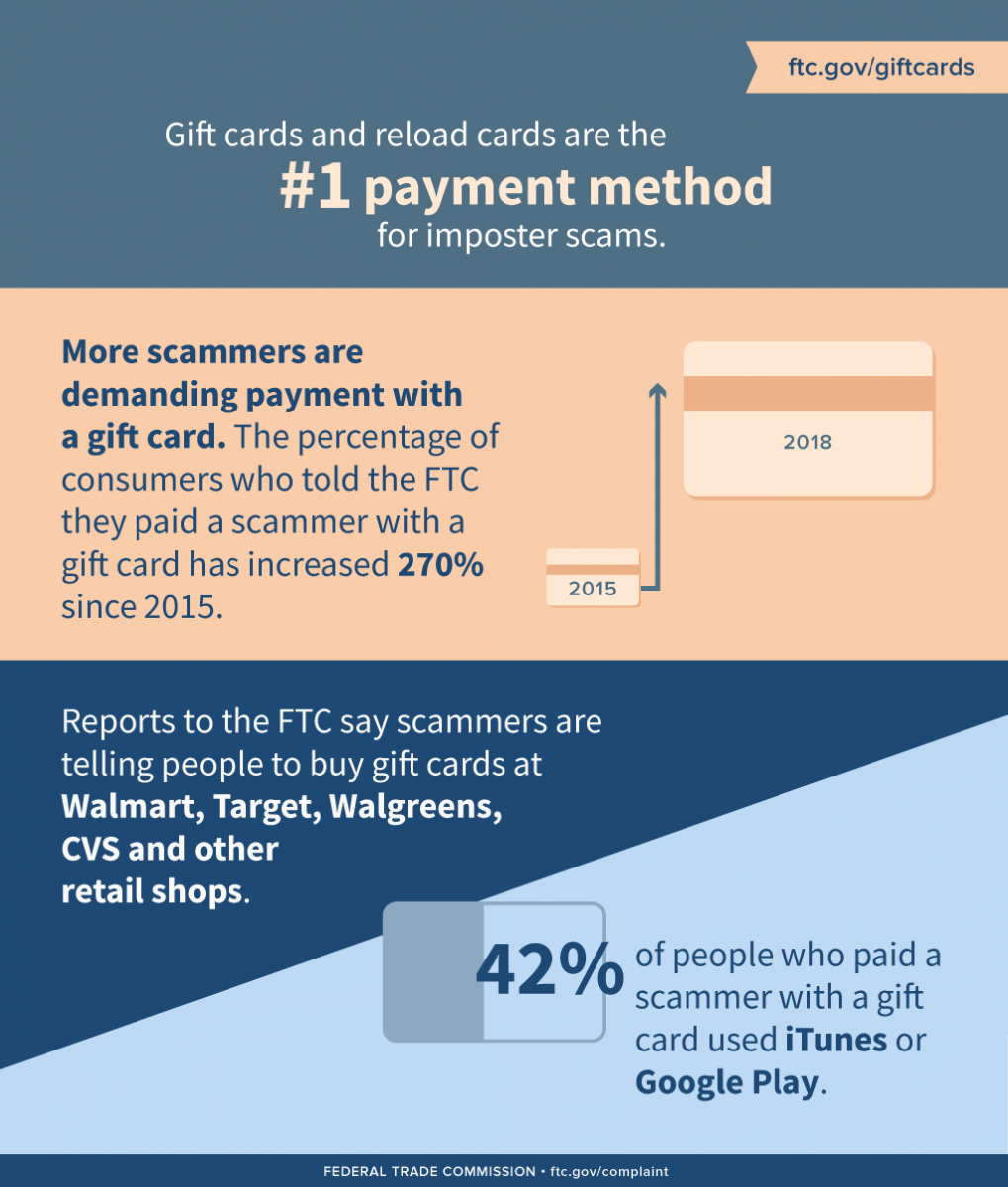Although they might appear comparable, inscribing and engraving vary in their techniques and results. Recognizing these procedures is very important for any kind of firm aiming to tailor glass items.
Laser engraving uses focused heat to thaw the mini surface area of your product, producing recessed markings that withstand damages and can be checked out under extreme conditions. It's suitable for things that need to be traceable, like commercial components.
Aesthetics
Etching and engraving both develop long lasting, tactile designs that stand out on the glass surface area. They are suitable for jobs that require a refined, classy look.
Laser etching can be utilized to engrave glass, but it requires a safety finishing or shield to prevent warmth damage to the glass. A specialized spray or covering is available for this objective and can be put on thin glass to lower splitting or damage throughout the etching process.
It's also feasible to engrave glass by hand using a rotary tool. This strategy is lengthy and labor-intensive, but it can generate premium results when executed properly. Be sure to put on security equipment like safety glasses and a respirator mask to safeguard on your own from dirt and debris. You can begin by attracting your style on the glass with a pen, after that put the rotary tool and gradually follow your style to engrave it right into the glass. After the inscription is full, carefully get rid of any type of staying dust or residue.
Flexibility
The etching procedure uses a large range of applications for glass items. It is extremely flexible and can be used on different products and densities of glass. It is additionally extremely accurate and produces detailed, high-contrast designs on the glass surface. It can be made use of on both level and rounded surfaces.
Glass engraving is a popular selection for glass items like bottle, architectural partitions, and medical spa design. It produces a soft and refined style that is not as visible as etching, making it an excellent alternative for ambient appearances.
To minimize warm tension on thin glass, apply a safety material like covering up tape or a wet paper towel to the surface area prior to laser engraving. This soaks up and disperses laser energy to minimize local heating and stop cracking. Additionally, finish the glass with a mild detergent or dishwashing soap can likewise be a reliable pre-coating. Just remember to cover just the laser-contacting face of the glass with these moisture-absorbing pre-treatments.
Longevity
Laser glass engraving produces deep, irreversible markings that are durable and aesthetically striking. It's perfect for creative or light business purposes that require a refined appearance. Inscription calls for precise and controlled handling of the glass to avoid warmth damages and breaking. Thin or fragile glass can be extra vulnerable to the high-contrast effects of laser engraving, making it crucial to keep an eye on the procedure closely for signs of overheating and splitting.
Engraving makes use of a diamond-tipped device to cut into the surface area of the glass, developing a distinctive mark that's less visually striking than laser etching. It's a common choice for applications where a frozen result is favored, such as attractive glass home windows and tailored gifts. Like laser inscription, etching is highly precise and perfect for logos and various other in-depth images. Evergreen Glass utilizes advanced laser tools adjusted for optimal performance to achieve etching and etching with phenomenal accuracy. For included satisfaction, our machines include integrated safety and security attributes that make certain secure procedure.
Expense
Glass etching includes using chemical options to produce a layout. While this method is not as precise and reliable as laser etching, it is still an outstanding selection for artisanal glasswork, which can be a terrific means to elevate a special celebration present or commemorative piece.
For the best outcomes, it is necessary to examine engraved glass in modern art an example piece of glass before using any kind of etching lotions. Different types of glass may respond in different ways to the chemicals. Some will etch very quickly while others could take much longer. In some cases, an item of glass may also stop working to etch at all!
Laser etching involves making use of a computer-guided system, typically described as a CNC (Computer Numerical Control) equipment, to guide a concentrated laser beam of light at the surface area of the glass. This process calls for a high-level of technological skill and creative thinking. It is an effective means to engrave complex patterns on large-scale tasks with high levels of precision.
